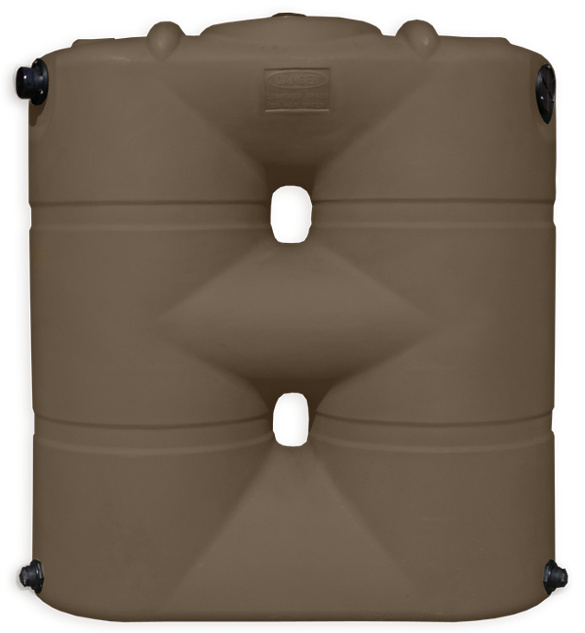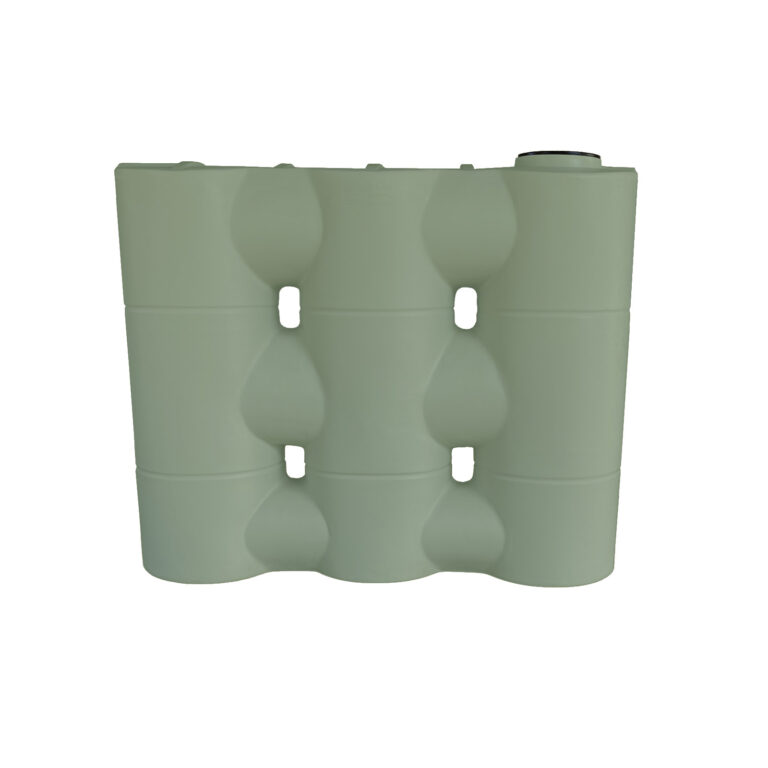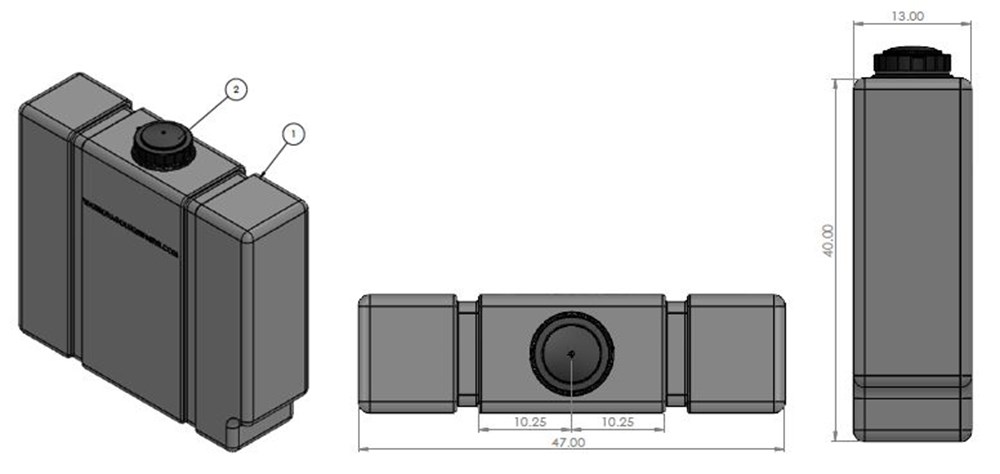Recognizing the Importance of Rain Tanks in Drought-Prone Regions for Water Safety
In regions prone to prolonged droughts, the duty of rainwater containers in strengthening water protection is a subject of expanding importance. As neighborhoods face the challenges of water shortage, recognizing the significance of these storage tanks exceeds mere collection of rainwater. Rainwater storage tanks function as a vital tool in alleviating the influence of water shortages by offering a sustainable resource of water for numerous demands. However, real value of rainwater storage tanks expands much past mere storage; it encompasses resilience-building procedures and the promo of long-lasting water preservation approaches. This complex technique to water protection warrants a more detailed examination of the duty rain containers play in making certain a reliable water supply throughout times of dry spell.
Advantages of Rainwater Containers
Making use of rain containers supplies a lasting service for enhancing supply of water and boosting water protection in domestic and industrial settings. Among the main benefits of rain tanks is their capacity to decrease dependence on mains water. By recording and saving rainwater that drops on rooftops, this alternate source can be utilized for numerous non-potable functions such as watering, flushing toilets, and cleaning clothes. This not only preserves treated drinking water but also decreases water bills for customers.

Rainwater Harvesting Methods
Rain collecting strategies encompass a variety of approaches designed to successfully gather and save rainwater for various functions, adding to water preservation and sustainability. One common method is the setup of roof catchment systems, where rainwater is collected from the roofing of a structure and routed to a storage space tank. This technique is reasonably simple and affordable. One more prominent strategy is the usage of above-ground or underground tank to save rainwater for later use. These storage tanks are available in different dimensions and products to match various demands and can be attached to the existing pipes system for simple gain access to.

In addition, rain yards and permeable sidewalks are innovative strategies that include landscape design or paving surfaces in such a way that enables rain to percolate right into the ground, restoring groundwater reserves. In addition, contour farming and terracing are farming practices that assist record rainwater and protect against soil disintegration in uneven surface. By executing these varied rain harvesting methods, areas can enhance water protection and resilience in drought-prone areas while advertising sustainable water administration techniques.
Significance of Water Protection
Guaranteeing trusted access to clean and enough water sources is critical for sustaining human health, economic growth, and ecological well-being. Water safety and security is an essential aspect of societal resilience, especially in areas at risk to dry spells and water scarcity. Sufficient water safety and security incorporates numerous measurements, consisting of schedule, quality, and accessibility of water for domestic, agricultural, industrial, and environmental needs.
Water safety and security plays an important function in advertising public health and wellness by minimizing the occurrence of waterborne illness and making sure cleanliness facilities. Economically, water safety and security is vital for agricultural productivity, industrial procedures, and general economic growth. Slimline water tanks. Furthermore, water security is closely connected to ecological sustainability, as it supports communities, biodiversity, and overall eco-friendly equilibrium.
In drought-prone regions, water protection ends up being a lot more important because of the enhanced danger of water shortages. Applying techniques like rain harvesting, water recycling, and effective water management techniques can considerably enhance water safety in these areas. By focusing on water security, areas can better hold up against the effects of environment change, populace development, and other obstacles that threaten water availability.
Enhancing Water Strength
With enhancing international water challenges, developing strength in water systems has actually come to be an important emphasis for lasting advancement initiatives. Enhancing water strength involves executing approaches to ensure water accessibility and top quality despite changing environmental conditions, such as dry spells, floodings, and air pollution.
One key element of improving water strength is promoting using rain tanks in drought-prone regions - Slimline water tanks. Rainwater storage tanks serve as an efficient methods of recording and saving rain for later usage, reducing reliance on scarce freshwater sources during dry periods. By incorporating rainwater harvesting systems into Visit This Link water administration plans, communities can enhance their ability to endure water scarcity and maintain water safety and security

Lasting Water Conservation
Amidst escalating water challenges, the prudent monitoring of water sources via lasting preservation methods is necessary for making certain lasting ecological stability and societal well-being. Lasting water preservation involves the effective use water resources to fulfill existing demands without jeopardizing the capability of future generations to meet their very own demands. By carrying out techniques such as rainwater harvesting, greywater recycling, and water-efficient modern technologies, neighborhoods can decrease water wastage and alleviate stress on freshwater sources.
Furthermore, lasting water conservation practices add to ecosystem health and wellness by maintaining ample water degrees in rivers, lakes, and wetlands, sustaining biodiversity, and maintaining natural environments. These methods also play an essential duty in alleviating the impacts of environment modification by helping to adjust to changing rainfall patterns and water availability.

Conclusion
To conclude, rain storage tanks play an important role in improving water security and strength in drought-prone areas. By utilizing rain harvesting methods, communities can lower their dependence on conventional water resources and promote lasting water preservation practices. This not just helps minimize the effects of water scarcity throughout droughts however also adds to long-term water protection and resilience despite climate adjustment challenges.